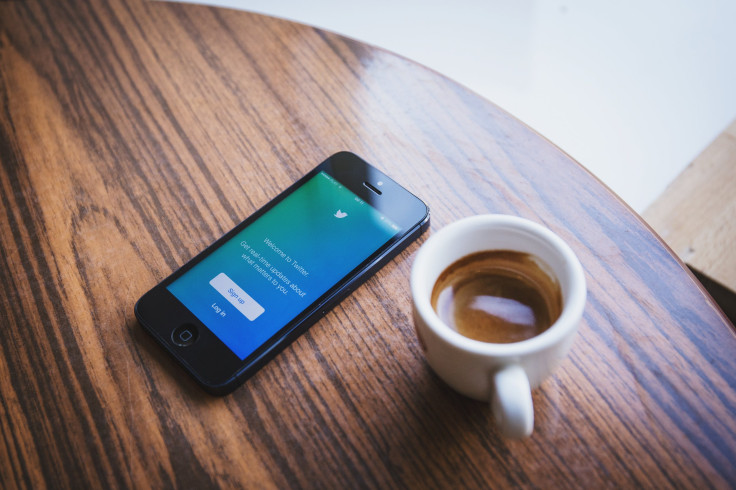Twitter Verification: Company May Open Verification Up To Everyone

Twitter’s elusive blue checkmark that identifies verified users on the platform may soon be made available to every user, according to company CEO Jack Dorsey.
In an unannounced and impromptu live stream on the Twitter-owned Periscope platform Thursday, Dorsey revealed that the social network was re-evaluating its verification policy and may pursue an option that will make it possible for all users to become verified.
“The intention is to open verification to everyone,” Dorsey said during the stream. “And to do it in a way that’s scalable, where [Twitter] is not in the way and people can verify more facts about themselves and we don’t have to be the judge or imply any bias on our part.”
Dorsey didn’t go into details as to what the new verification process may be, though it’s possible the company could adopt a system similar to other tech giants like Airbnb, which requires users to provide a Facebook profile, phone number, email address or government-issued ID in order to become verified.
On Twitter, the blue checkmark given to verified users has undergone different phases since first being introduced in 2009. Initially, the verified status was handed out to celebrities and other high-profile public figures. Twitter eventually began verifying other users including artists, journalists and other people of interest who were active on the platform.
Starting in 2016, Twitter opened up the verification process to allow any person to request verified status—but did not guarantee the blue check mark would be provided simply for applying. Users had to comply with specific rules, prove their identity, and finally be judged by Twitter as worthy of being verified. Average users typically had their requests denied.
“The main problem is, we use [the checkmark] to mean identity,” Twitter director of product David Gasca said on the live stream. “But in user research...users think of it as credibility, [that] Twitter stands behind this person and what they’re saying is great and authentic, which is not what we meant.”
For that very reason, Twitter came under fire when it verified a number of alt-right figures including white supremacists and white nationalists. While the accounts were real and the users were arguably people of interest, providing them with the blue check mark seemed to some users like Twitter giving them a seal of approval rather than simply verifying their identity.
While Twitter expanding its verification process to include everyone would potentially solve the issue of conflating identity with credibility, it could also potentially harm Twitter’s use for anonymous users. Unlike Facebook, Twitter does not have a “real name” policy and generally allows accounts to operate without requiring a user put their name on it.
“We have a lot of work ahead, it’s not going to be overnight. We’re going to be as open as we can,” Dorsey said. “That’s going to be uncomfortable for us in many ways, but we want to be very open and very vulnerable with you all about what we’re facing and what our challenges are.”
© Copyright IBTimes 2024. All rights reserved.





















